We have much more to do and your continued support is needed now more than ever.
Texas Birds and Bays – Hurricane Harvey’s Ecosystem Impacts
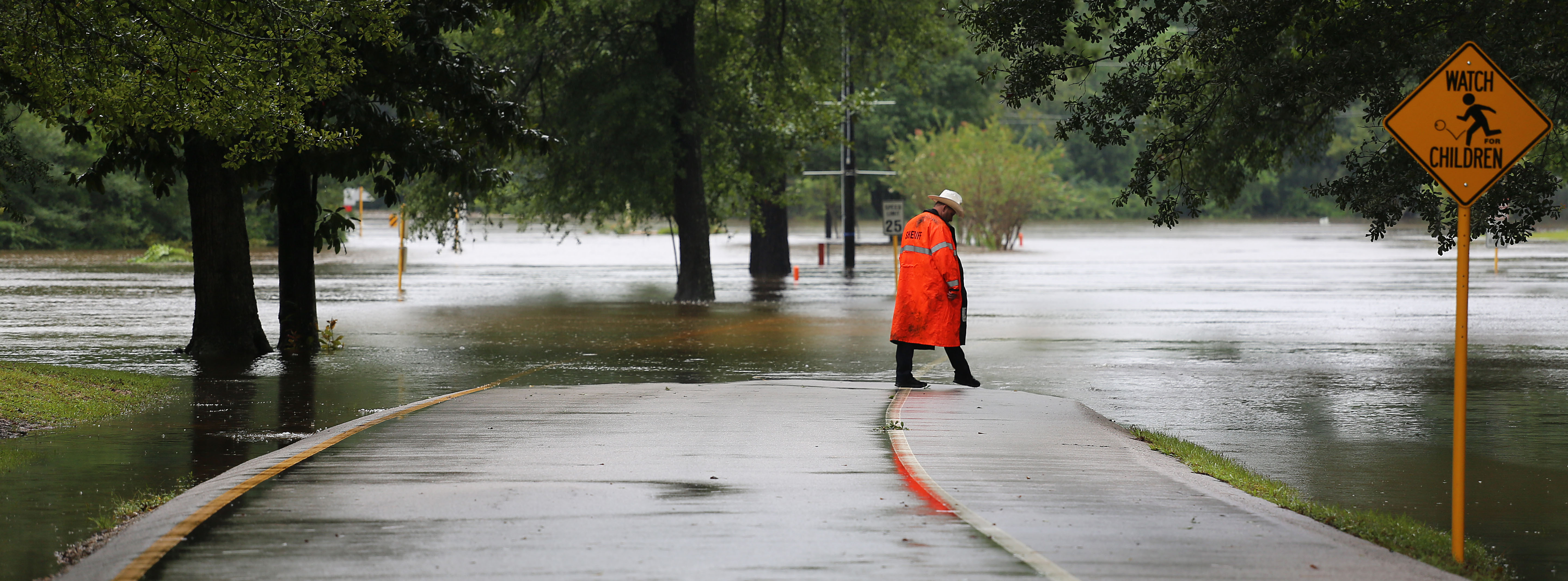
What will be the fate of wildlife and their habitats on the Texas Coast in the aftermath of Hurricane Harvey? Even as floodwaters from the most extreme rain event in U.S. history continue to recede, the long-term impacts remain unknown.
“Hurricanes are natural events along the Gulf Coast, and native wildlife are adapted to cope with these periodic disturbances,” said Dr. Bruce Stein, NWF’s associate vice president for conservation science and climate adaptation. “Unfortunately, a combination of climate change-related increases in sea and air temperatures, and the loss of much of the region’s wetlands, prairies, and other natural habitats, has vastly amplified the impact of this storm on communities and wildlife in the region.”
Among the most disturbing prospects – and one the National Wildlife Federation will be watching closely – is the potential lingering effects of the toxins and pollutants released by the storm. Before Harvey hit, the petrochemical industry’s shutdown processes sent more than one million pounds of harmful chemicals into the air. In Harvey’s aftermath, the Arkema chemical plant sent noxious plumes of organic peroxide chemicals into the air, forcing an evacuation. A Valero oil refinery is emitting high levels of benzene, a known carcinogen, in a low-income neighborhood that already has elevated levels of childhood leukemia. Harvey’s aftermath flooded at least 13 heavily-polluted Superfund sites. A few hundred yards away from one of these sites, balls of the neurotoxin mercury were found on the banks of the San Jacinto river.
Harvey’s dangerous releases create immediate risks and could pose longer-term threats for nearby communities, which are often disproportionately home to lower income families and people of color.
Americans often rightly think of the Texas Coast in terms of its economic output – jobs, energy, chemicals, goods, etc. But with the nation’s eyes focused on the state it is worth taking time to consider the region’s considerable ecological importance and the potential impacts from the storm on the natural world. Here is a look at some of the species – and the places they depend on – that could see impacts from Hurricane Harvey:
Migrant Songbirds
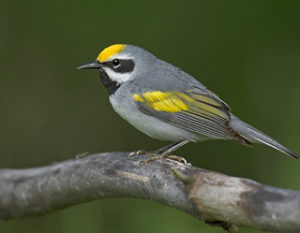
Every year, Texas and its long coastline are host to a fantastic feat of migration. In the fall, the state’s funnel shape seemingly points approximately three hundred species of birds to their wintering grounds further south. But with the 9,000 square mile greater Houston metro area in their path – already reducing and altering the food sources available – there are real concerns that Harvey’s extraordinary wind, storm surge and flooding damage could mean that many birds will not be able find food to store up the energy for the long trip south.
Unfortunately, it seems that the ruby-throated hummingbirds currently migrating through the Coastal Bend are already struggling. Kevin Pillow, the owner of a Wild Bird Unlimited store in Texas’ Hill Country, has visited Rockport, which bore the full brunt of Harvey’s winds, since the storm. He reports that thousands of hummingbirds are in the area, but that the area has been stripped of the vegetation they feed on. He states, “We are going to lose a percentage as the birds just won’t have the fuel to make the trip. But what percentage, nobody knows.” Pillow and others are doing what they can to help the hummingbirds, without getting in the way of the human relief efforts.
As a species, the ruby-throated hummingbird has stable populations and will almost certainly recover from Harvey. It is far more uncertain how birds already in decline will fare. For example, the golden-winged warbler’s migration pathway runs right through Houston and south along the coast. This bird already has one of the smallest populations of any bird not on the endangered species list. For golden-winged warblers – and other species already in peril – Harvey’s habitat damage and potential toxic exposure are just additional barriers on an already steep road to recovery.
Whooping Cranes
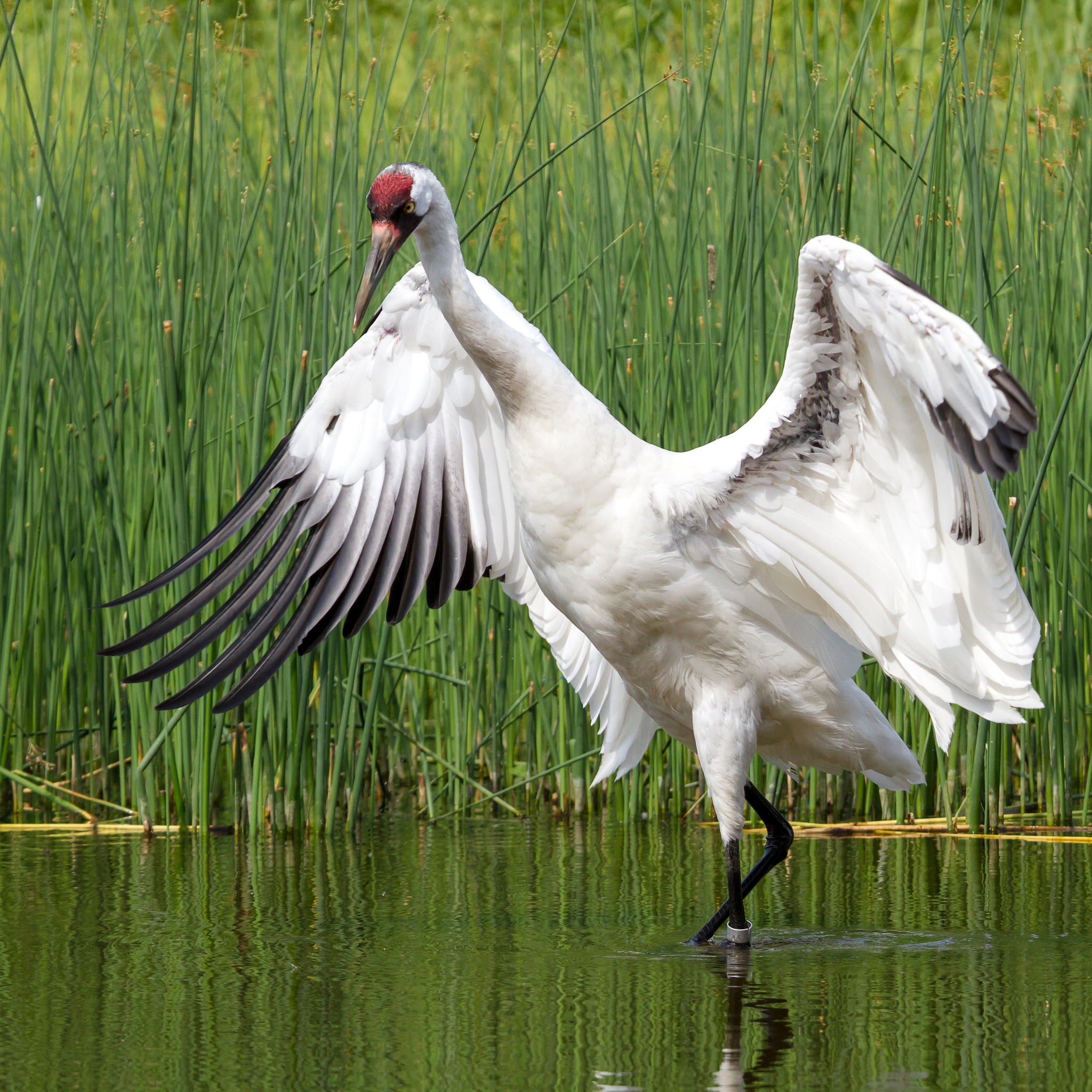
The whooping crane is one of the most majestic – most endangered – birds in North America. By 1941, due to habitat loss and uncontrolled hunting, whooping crane numbers had dwindled to less than two dozen individuals in the wild. Today, whooping crane populations number in the hundreds – and the number of chicks hatched this year is the highest ever.
The last wild flock of the whooping cranes winters in and around the Aransas National Wildlife Refuge on San Antonio Bay, very close to Rockport where Harvey made landfall. While wintering in Texas, whooping cranes feed largely on the bay’s blue crabs, but Harvey’s rains and subsequent river flooding could have temporary impacts on local blue crab populations. The whooping cranes don’t arrive in Texas until October or November, so there will hopefully be time for the refuge to recover somewhat beforehand.
“It’s going to be a long time before we know what the impacts will be on both the environment and the [crane’s] food resources,” Tim Grunewald, North America programs director of the International Crane Foundation told the Milwaukee Journal Sentinel. “We are experiencing the reason right now why the population in Wisconsin was established” – referring to an effort to reintroduce a migratory population of whooping cranes to the eastern United States.
This separate flock – which is not yet self-sustaining – migrates between Wisconsin and the Florida Gulf Coast and now faces the prospect of habitat damage from Hurricane Irma.
Attwater’s Prairie Chicken
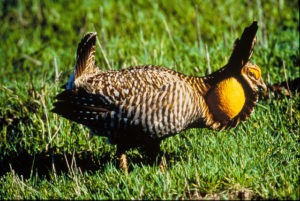
A century ago, roughly one million Attwater’s prairie chickens roamed over a coastal prairie that stretched from the Corpus Christi area to the middle of the Louisiana coast. But acre by acre, this unique prairie was plowed under for cities, farms and industry. Many grasslands species like the Attwater’s prairie chickens – actually a species of grouse – had nowhere to go.
Today, the Attwater’s prairie chicken is considered one of the most endangered birds in North America. Only about a hundred prairie chickens live in the wild, mostly on a national wildlife refuge west of Houston. Recent efforts at controlling invasive fire ants in the refuge appear to have boosted Attwater’s prairie chicken populations and have given conservationists increased hope for the species.
But flooding can be a problem for the birds. Officials at the refuge were able to move twenty captive birds – which had been scheduled to be released into the wild – before the storm hit. Apparently these birds are doing well at the San Antonio Zoo and are even gaining weight, according to Terry Rossignol, Refuge Manager at Attwater’s Prairie Chicken National Wildlife Refuge. U.S. Fish and Wildlife Service staff are still assessing the effects of Harvey on the wild birds on the refuge.
Galveston Bay Oysters
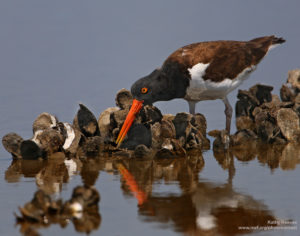
Historically, Galveston Bay has produced more oysters than any other single water body in the country. But Galveston Bay’s oyster populations have been hit hard over the past decade. In 2008, sediment from Hurricane Ike’s storm surge smothered roughly half of the bay’s oyster reefs. The record-breaking drought of 2011 – artificially amplified by urban water use – greatly raised salinity levels in the bay for an extended period, harming the bay’s oysters, which need a mix of salt and freshwater to survive. Harvey will almost certainly be another blow, as the rush of floodwaters will likely turn much of the bay completely fresh for several weeks – longer than oysters can tolerate.
The projected reduction in oysters could have larger impacts on the health of Galveston Bay. Oysters are incredible natural filters, with one adult oyster having the ability to filter as much as 50 gallons of water a day. Oyster reefs are important habitat for hundreds of species including fish, shellfish, and birds and the projected losses could impact these species as well.
Moving Forward
“As a nation, we have a responsibility to help the survivors. We also must study this storm with clear eyes to figure out how we can prevent this level of catastrophe in the future,” said Collin O’Mara, president and CEO of the National Wildlife Federation. “We will fight to ensure the disaster recovery packages include assistance for those affected and create policies that encourage nature-based resilience to better prepare us for the next disaster.”
![]()





















